I want to let this employee go
“It just does not go well. Not sure where it is rooted, but I see no progress.” When first facing the dilemma of firing an employee, there is always lots of doubt.It’s better to fire an employee ethically, legally, and thoughtfully to prevent wrongful termination accusations. The employer should thereby consider many factors before making a final decision. So, how to make this delicate decision with minimal risks for your company?Handling a termination requires great care because it can affect your company’s reputation.
Things to consider before firing an employee
Legal side—it depends on the country
First, termination requires a valid reason. So, you need to ensure that termination is legal. The employment laws depend on the country. How to terminate an employee legally? The best solution in this case is to hire a lawyer. This way, you will be confident you’re not violating employment contracts or state laws.There is always this guilt
Termination is always stressful for both parties. There is not only the former staff member struggling because of the firing.The employer also feels guilty when terminating an employee who was a part of a team for a long time.
Your team gets affected
The team is also impacted because one of the members was fired. Certainly, it will affect their productivity and engagement in the work process for some time. Employees start worrying about questions like- “Can I be terminated while on medical leave?”
- “Can an employee be fired for refusing to work overtime?”
- “Can an employee be fired for not working overtime?” and so on.
Termination disrupts the working environment, as other employees feel the fragility of their job security and may suppose that something went wrong in the company.
It takes a lot to build a team
Employers and business owners put money and time into building a strong, highly effective, and professional team. When problems occur with just one of the team members, the whole company will face the consequences.Even if you face temporary challenges after terminating an employee, you will prevent severe consequences for your business, such as decreased team productivity, financial losses, and legal or security issues.A team is the running force of the business. It is like a living organism. When one system or organ fails to perform its main function, homeostasis will be disrupted.
What went wrong?
Before making a final decision, there is a need to analyze everything carefully, including the reasons to terminate an employee. The problem can be much more serious than it seems to be. Very often, the root cause is not only related to the negligent employee.This employee was the person who left a lasting impression
And then something changed a lot, leading to a crisis in the department. An outstanding employee became static, unwilling to perform tasks appropriately or grow as a specialist. Case analysis is helpful because you will get the opportunity to: 1. See a bigger picture of what is happening in your company; 2. Reveal the pitfalls of management; 3. Prevent future risks related to employee termination; 4. Find out the early signs that it’s time to fire an employee.Do you remember that this problematic worker was once a promising candidate who earned a place in your company?
Bad personality traits, or something else?
There is a category of employees called “drama queens” or kings, who are often at the center of office drama. Such workers tend to spread rumors, gossip about colleagues, or find ways to cause trouble. And it can be a solid reason to fire an employee. Bad personality traits and unprofessional behavior often cause insubordination, lack of trust, and a challenging work environment. But these are not the principal problems. The main reason lies in employees underperforming, as the worker spends time on the toxic activity instead of working hard to perform direct responsibilities.Unprofessional or communication issues?
An employee’s unprofessional approach is also among the reasons to fire an employee. For instance, the worker can regularly violate the company’s policies, break the corporate rules, arrive late, or leave early. Or one of the employees fails to communicate effectively with colleagues. It can also significantly affect the workflow.Miscommunication leads to a loss of motivation and an unwillingness to collaborate. As a result, the team is not productive.
Productivity is down?
COVID-19 provoked a sharp decline in productivity. Statistics changed in a positive direction only during the last few years. The US Bureau of Labor reports that productivity increased by 3.2% in 2023.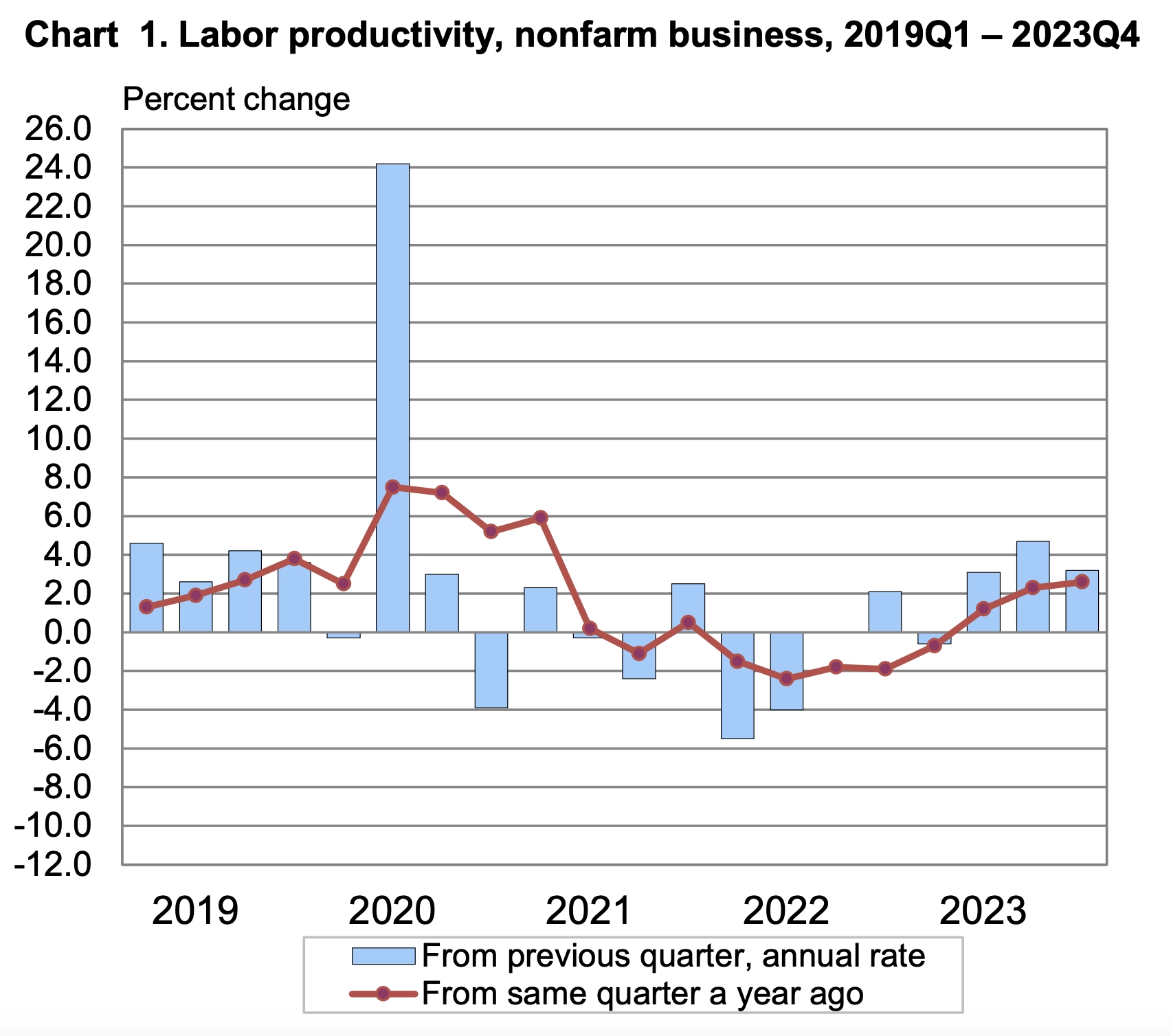
Source: The U.S. Bureau of Labor Statistics
Nevertheless, employers continue to face the problem of low productivity. Poor performance influences the whole company, resulting in significant losses. If warnings, reminders, and performance improvement plans do not work for unproductive employees, it’s high time to think about announcing an employee termination. How to terminate an employee for poor performance? Several steps are required:Productivity is still one of the most challenging issues in the workplace.
- Prepare all necessary documentation addressing employee attendance issues;
- Write a termination letter to employee for poor attendance;
- Schedule a face-to-face meeting to discuss termination.
Is the process well-organized?
Ineffective performance or other employee-related problems can also be caused by poor management. Employees encounter multiple difficulties without office politics, absence management policies, or other workplace regulations. In this case, terminating an employee for poor performance won’t be a working solution, as other team members face the same challenges. Reorganization of the management approach will be the best strategy in this situation.Excessive absenteeism: a new “workplace pandemic”?
Common causes of excessive absence
The Bureau of Labor Statistics informs that the main reasons for excessive absences during 2023 were the following:- Health-related issues;
- Childcare problems;
- Labor strikes;
- Vacations.
During the pandemic, children had to study remotely. It resulted in a substantially increased rate of their parents' absences at work.According to Reuters, childcare issues were the most frequent cause of missed work in 2023.
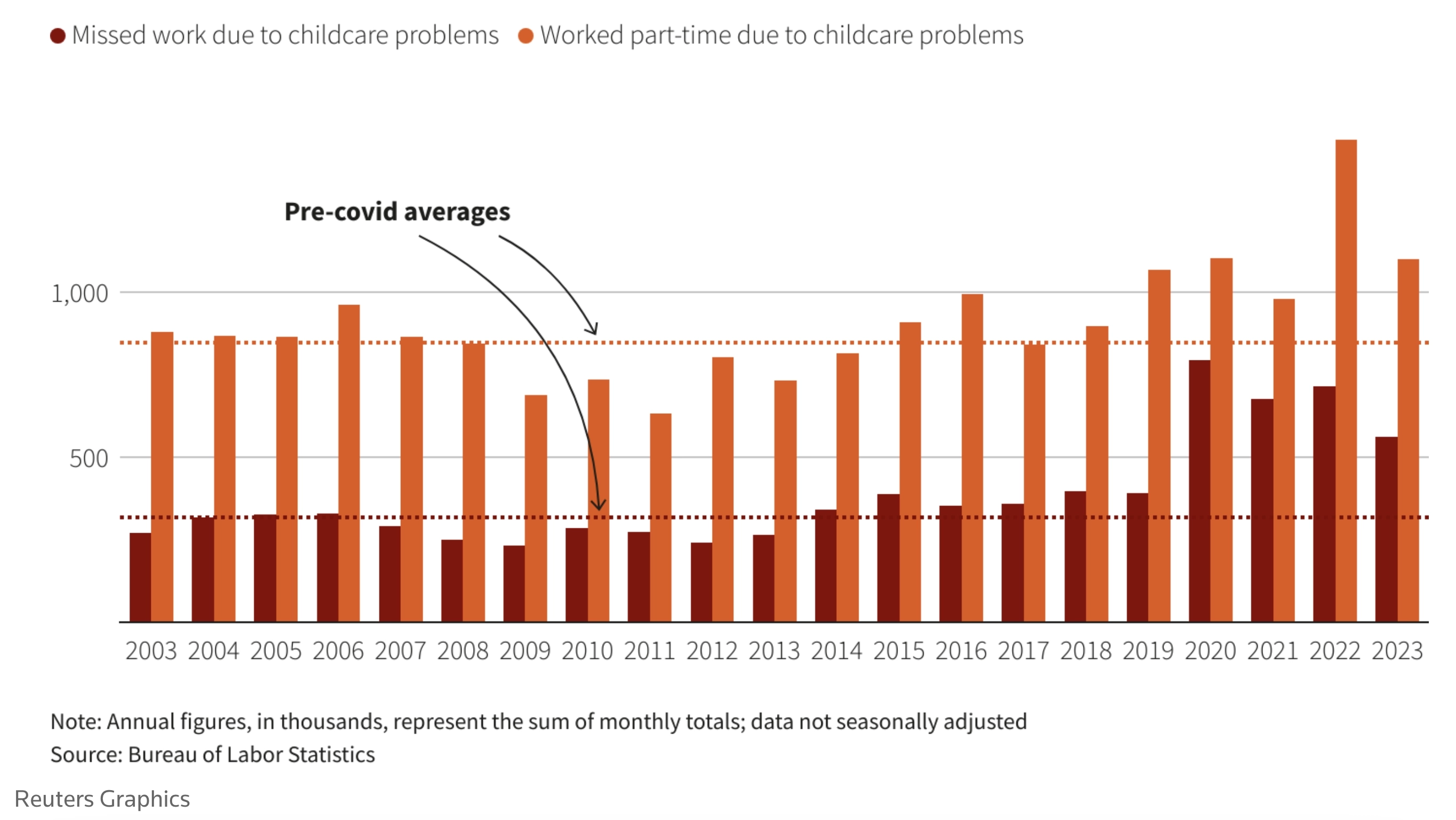
Source: Reuters
After the pandemic restrictions (including lockdowns and restrictions on international air travel) were canceled, the number of employees taking vacations grew rapidly.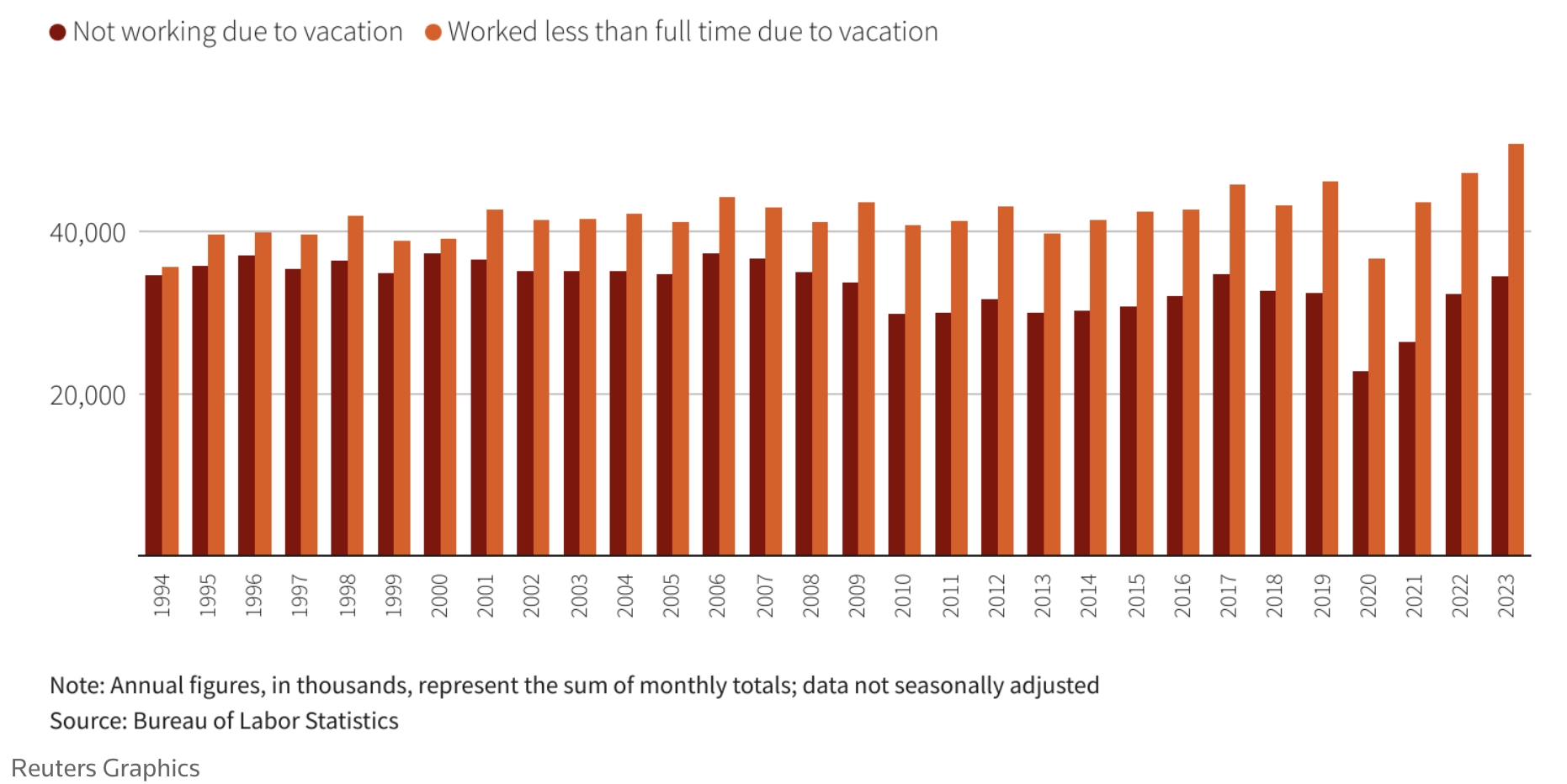
Source: Reuters
Finally, 2023 was a year of strikes in the US. The majority of employees were absent from work because they defended their rights because of high inflation, rising costs of living, a high unemployment rate, and labor disputes.What about unexcused absences?
Apart from justified absences, there is a phenomenon called absenteeism. It refers to a permanent absence of work that exceeds the acceptable period. Along with the increasing frequency of absenteeism, cases related to terminating an employee for poor attendance have become common.For example, in the education sphere, the rate of absenteeism is 3.9%, compared to 2.7% for illness and injury.The research by Gitnux shows that excessive absenteeism is more frequent than health-related absences.
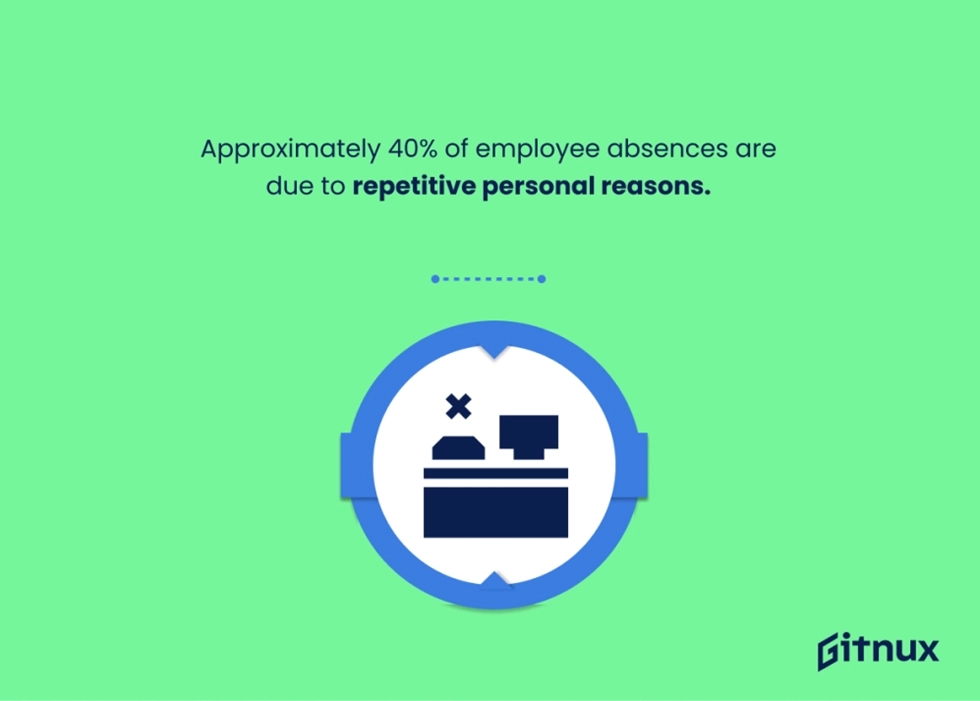
Source: Gitnux Marketdata Report 2024
Employee absenteeism has a number of negative effects, including:- Low individual productivity;
- Regularly absent employees are less engaged in the work process;
- The staff is overloaded with tasks that lead to burnout in the team;
- Excessive absenteeism significantly reduces profits.
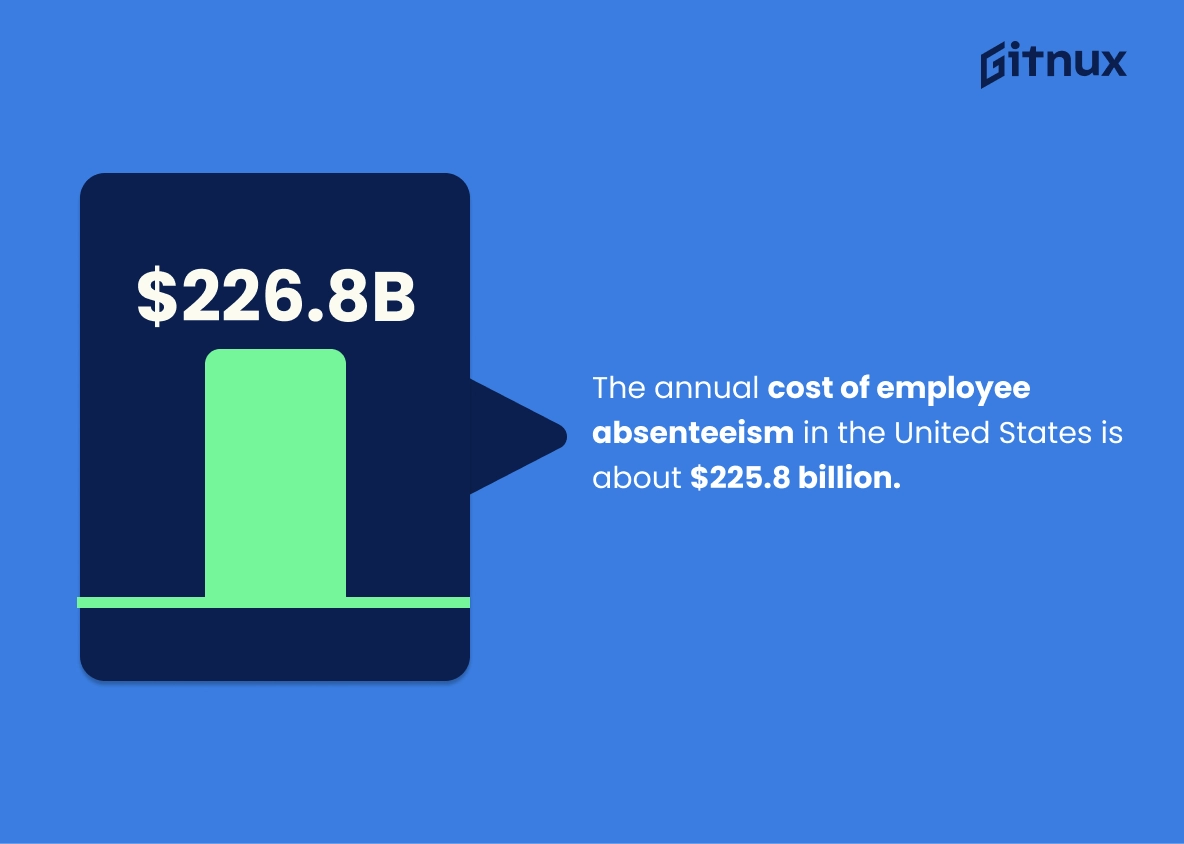
Source: Gitnux Marketdata Report 2024
That’s why employers see the solution in termination due to absenteeism.How to fire someone for attendance?
There is a particular procedure to follow if you want to terminate the employee legally:1. Ensure that you have all the necessary evidence.
The employer needs to have justified reasons for terminating an employee for poor attendance. Before firing, the employee should get a chance for improvement. Make sure you have the required documents, including a written warning for attendance or a warning letter for irregular attendance.2. Determine the last working day and announce the employee.
It is also important to prepare and send a termination letter for attendance.3. Conduct an exit interview.
It’s vital to announce terminating employee for excessive absenteeism and provide examples supporting your reasoning.4. Let the worker ask the questions.
It will be beneficial for both the employer and the employee. Deep analysis is useful to prevent such situations in the future and detect that something went wrong on time.Apply WorkTime to evaluate employees
WorkTime reveals the problem early and prevents terminating an employee for poor attendance or other reasons.Probationary period
Evaluate the employee during the probationary period and make sure you made the right choice. WorkTime monitors employee attendance, active/idle time, and productivity. With non-invasive employee monitoring, you will easily catch all signs of a negligent worker during probation:- The employee is often late for work;
- Lack of productivity during the work day;
- High rate of unproductivity;
- Too many breaks;
- High distraction score.
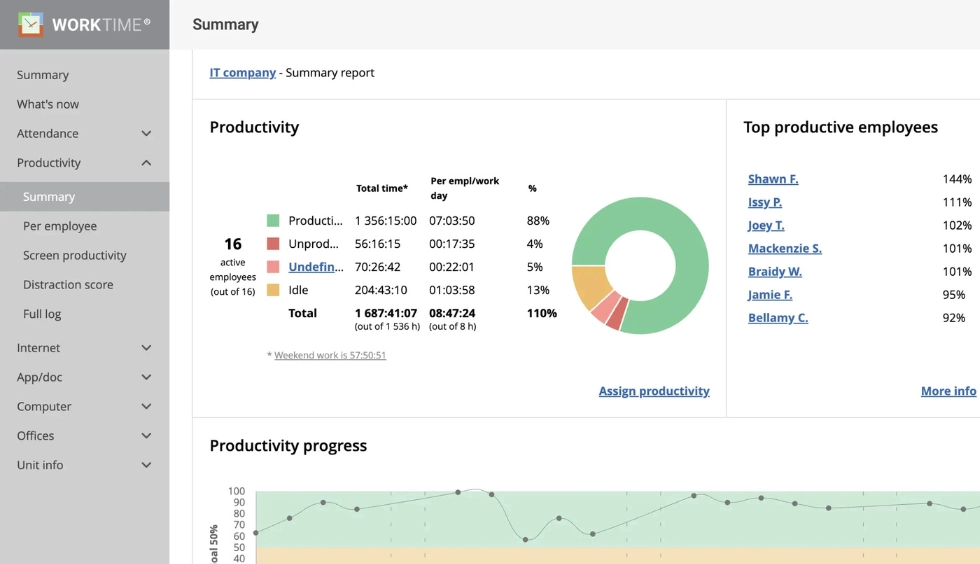
Reveal the unprofessional employee and prevent money/time waste and harm to the work process with WorkTime.
Everyday engagement
WorkTime keeps employees engaged every day. Set goals for each employee for attendance, active time, and productivity, and observe the progress. You can analyze the reports together with the workers to find out their strengths and weaknesses. Comprehensive data from 50+ non-invasive reports will be extremely useful for analyzing employees’ performance and making a performance improvement plan in case something goes wrong.A workplace is a place to work
Just as employers are obligated to pay on time, employees have to work as agreed. The thing is that customers pay for the result, not for the process. The employees deliver the result—here is the money.WorkTime monitoring reminds employees that the workplace is a place for work but not for personal matters. Many employees think it's enough to be part of the process to get paid. No. There must be a result.Productivity and dedication are the best guarantees to prevent terminating an employee for poor attendance or performance.
Stay informed & build a high-performance team
WorkTime helps employers stay informed at any stage of the working process, keeping the team consolidated and engaged.Keep your employees informed about the goals and remind them to be responsible for their productivity. Prevent terminating an employee for poor attendance, excessive absenteeism, or low productivity in the early stages with WorkTime. Start a free trial right now to begin your road to a high-performance team!Highly productive teams don’t just happen. It requires a lot of effort to build a great team.









